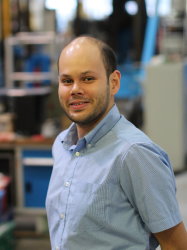BibTex format
@article{Zhang:2021:10.1016/j.matdes.2021.109921,
author = {Zhang, R and Buchanan, C and Matilainen, V-P and Daskalaki-Mountanou, D and Britton, T and Piili, H and Salminen, A and Gardner, L},
doi = {10.1016/j.matdes.2021.109921},
journal = {Materials and Design},
pages = {1--20},
title = {Mechanical properties and microstructure of additively manufactured stainless steel with laser welded joints},
url = {http://dx.doi.org/10.1016/j.matdes.2021.109921},
volume = {208},
year = {2021}
}

